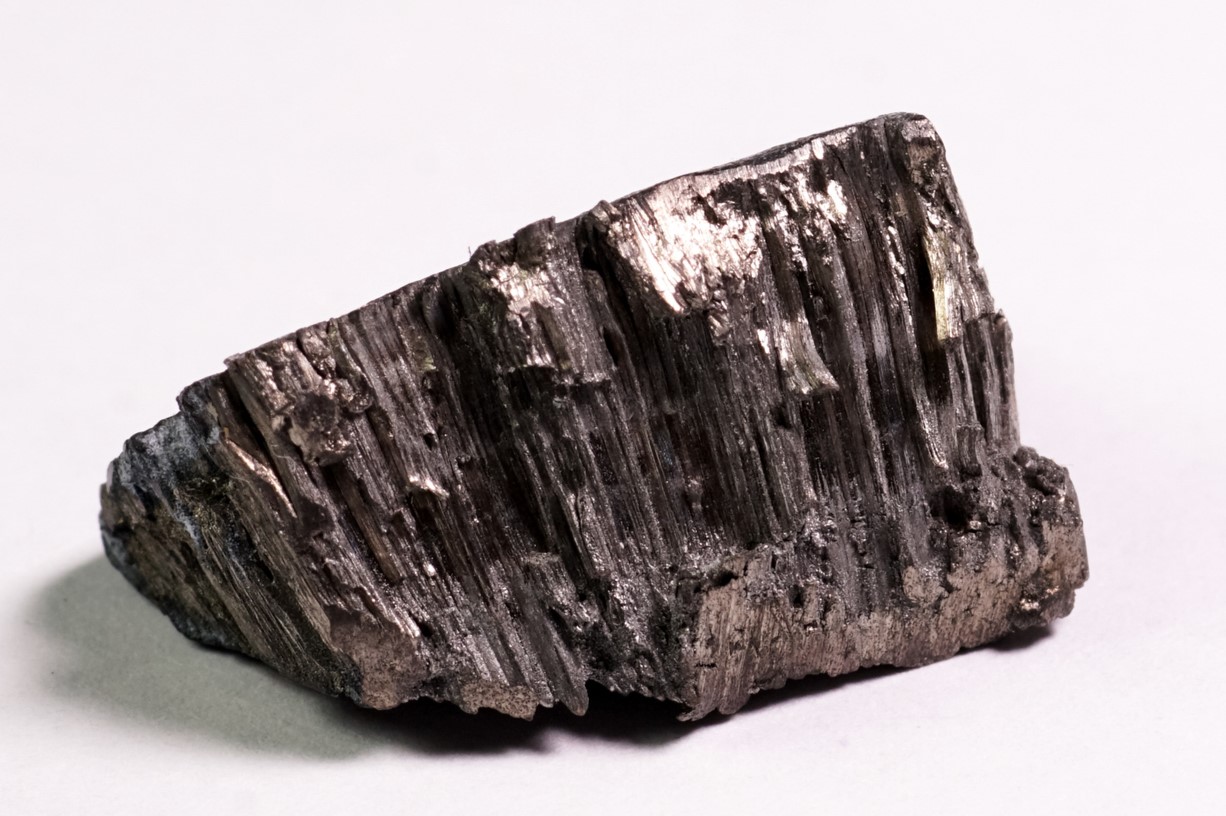
Gadolinium is a fascinating element with a lot to offer. Found in the lanthanide series of the periodic table, this silvery-white metal has some unique properties that make it stand out. Did you know that gadolinium is used in MRI machines to improve image clarity? It's also a key player in nuclear reactors, thanks to its ability to absorb neutrons. Beyond its scientific uses, gadolinium has some surprising everyday applications, like in the production of compact discs and computer memory. Curious about what else this element can do? Let's dive into 50 intriguing facts about gadolinium that will expand your knowledge and maybe even spark a newfound interest in chemistry!
Key Takeaways:
- Gadolinium, a rare earth metal, is used in MRI contrast agents, nuclear reactors, and even in the production of compact discs and computer memory. Its unique properties make it valuable in various scientific and industrial applications.
- Named after Finnish chemist Johan Gadolin, gadolinium has fascinating properties like the magnetocaloric effect and high thermal neutron capture cross-section. It's also used in glow-in-the-dark materials and the study of quantum mechanics.
What is Gadolinium?
Gadolinium is a fascinating element with unique properties. It's part of the lanthanide series on the periodic table, often used in various industries. Let's dive into some intriguing facts about this element.
- Gadolinium is a rare earth metal, symbolized as Gd on the periodic table.
- It was discovered by Swiss chemist Jean Charles Galissard de Marignac in 1880.
- Named after the mineral gadolinite, which in turn was named after Finnish chemist Johan Gadolin.
- Gadolinium has an atomic number of 64.
- It is silvery-white and has a metallic luster.
- This element is malleable and ductile, meaning it can be shaped and stretched without breaking.
- Gadolinium is ferromagnetic at room temperature, meaning it can be magnetized.
- It has a melting point of 1,312°C (2,394°F).
- The boiling point of gadolinium is 3,273°C (5,923°F).
- Gadolinium's density is 7.90 grams per cubic centimeter.
Uses of Gadolinium
Gadolinium's unique properties make it valuable in various applications. From medical imaging to nuclear reactors, this element plays a crucial role.
- Gadolinium is used in MRI contrast agents to enhance image clarity.
- It is utilized in nuclear reactors as a neutron absorber.
- Gadolinium compounds are used in phosphors for color television tubes.
- It is also used in the manufacturing of compact discs and computer memory.
- Gadolinium alloys are used to improve the workability and resistance of other metals.
- It is used in the production of magnets and electronic components.
- Gadolinium is employed in cryocoolers, devices that cool objects to very low temperatures.
- It is used in the medical field for cancer treatment, specifically in neutron capture therapy.
- Gadolinium is also used in the production of green phosphors for color displays.
- It is used in the manufacturing of high-refractive-index glass.
Gadolinium in Nature
Gadolinium is not found freely in nature. It is usually extracted from minerals and has some interesting natural occurrences.
- Gadolinium is primarily obtained from minerals like monazite and bastnäsite.
- It is found in trace amounts in the Earth's crust.
- Gadolinium is also present in seawater, though in very low concentrations.
- It is often found in association with other rare earth elements.
- Gadolinium is extracted through ion exchange and solvent extraction techniques.
- It is usually produced as a byproduct of uranium and thorium mining.
- Gadolinium is not considered toxic, but its compounds can be harmful if ingested or inhaled.
- It is relatively stable in dry air but tarnishes in moist air.
- Gadolinium does not react with water at room temperature.
- It forms a protective oxide layer when exposed to air.
Interesting Properties of Gadolinium
Gadolinium has some unique and intriguing properties that set it apart from other elements. These properties make it useful in various scientific and industrial applications.
- Gadolinium has the highest thermal neutron capture cross-section of any element.
- It exhibits a phenomenon called the magnetocaloric effect, where it heats up when exposed to a magnetic field and cools down when removed.
- Gadolinium has seven stable isotopes, with Gd-158 being the most abundant.
- It can absorb up to 2.5 times its weight in hydrogen.
- Gadolinium's magnetic properties change with temperature, making it useful in magnetic refrigeration.
- It is used in the production of microwave devices due to its high dielectric constant.
- Gadolinium compounds are used as catalysts in various chemical reactions.
- It has a high specific heat capacity, meaning it can store a lot of heat energy.
- Gadolinium is used in the production of superconducting materials.
- It is also used in the development of new materials for electronic devices.
Fun Facts about Gadolinium
Beyond its scientific and industrial uses, gadolinium has some fun and quirky facts that make it even more interesting.
- Gadolinium is named after a person, which is rare for elements.
- It is one of the few elements that can be used in both medical and industrial applications.
- Gadolinium is used in the production of glow-in-the-dark materials.
- It is also used in the development of new types of batteries.
- Gadolinium has been used in the study of quantum mechanics.
- It is used in the production of certain types of lasers.
- Gadolinium is part of the rare earth elements, but it is more abundant than gold.
- It is used in the development of new types of sensors.
- Gadolinium is being researched for its potential use in renewable energy technologies.
- It is also being studied for its potential use in space exploration.
Gadolinium's Fascinating World
Gadolinium, a rare earth element, holds a special place in science and technology. Its unique properties make it invaluable in various fields. For instance, gadolinium's magnetic properties are crucial in MRI machines, enhancing medical imaging. This element also plays a role in nuclear reactors, where it helps control the fission process.
Beyond its practical uses, gadolinium's ability to absorb neutrons makes it a key player in shielding and safety applications. Its presence in phosphors and LEDs highlights its versatility in lighting and display technologies.
Understanding gadolinium's role in these areas underscores its importance in modern advancements. From healthcare to energy, this element continues to contribute significantly. So, next time you encounter an MRI scan or a bright LED display, remember the silent yet powerful role gadolinium plays. It’s a small element with a big impact.
Frequently Asked Questions
Was this page helpful?
Our commitment to delivering trustworthy and engaging content is at the heart of what we do. Each fact on our site is contributed by real users like you, bringing a wealth of diverse insights and information. To ensure the highest standards of accuracy and reliability, our dedicated editors meticulously review each submission. This process guarantees that the facts we share are not only fascinating but also credible. Trust in our commitment to quality and authenticity as you explore and learn with us.


